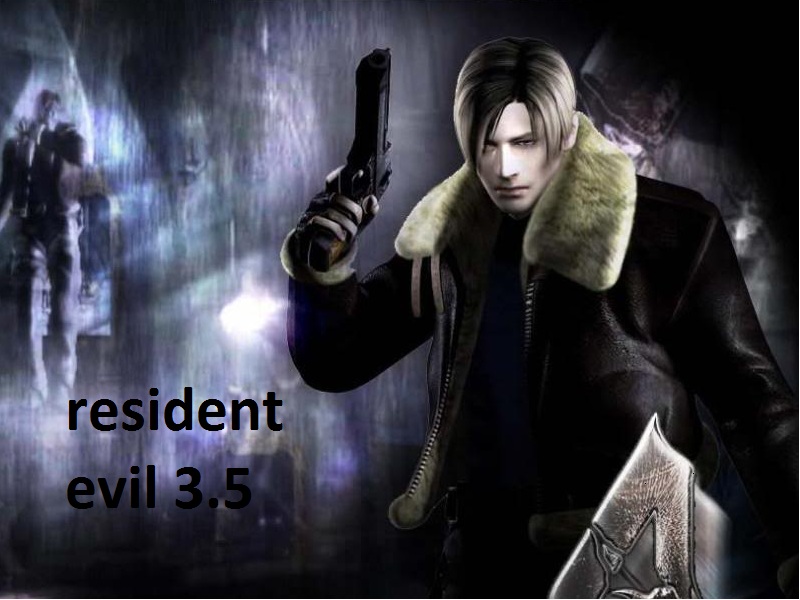


In these early levels Resident Evil 5 uses the Majini as obstacles, sending endless waves of them at the player in large-but-enclosed arenas, with the objective being simply to survive long enough until a door opens or a cutscene is triggered. This shifts the focus of combat from taking out baddies to delaying them - because you simply can't kill this many. The Ganados are now called Majini and, in the earlier levels at least, appear in much larger crowds that swarm Chris and Sheva at a nearly-unstoppable rate, continuously attacking from the sides and behind. This is not as small a change as it appears. If Resident Evil 4 was in some sense a game about the fear of crowds, Resident Evil 5 is about facing an even bigger crowd.

Resident Evil 5 made few changes to this combat system but, with a number of other design choices, completed the move away from horror and became almost a pure action game. The environments are much wider than those of Resi 4 but, outside of additional melee options, Chris and Sheva don't have more moves than Leon did (something addressed in the much-maligned and, I would say, misunderstood Resi 6.) Leon can take on any number of enemies, deliver an up-close kicking, and walk away without a scratch. But horror is also about a protagonist being helpless or at least significantly outmatched. It also meant that horror, for the most part, was a secondary effect - Resident Evil 4 has scares, for sure, and in the creepily human Ganados and cultists genuinely scary enemies. In terms of pure mechanics this led to bigger and more intense battles, and most importantly a much wider range of possibilities for the player. Resident Evil 4 upended these principles by introducing location-specific damage and follow-up attacks, as well as making the enemies more aggressive and numerous. Proximity meant vulnerability, it meant damage, and most of all it meant trying to escape with a control scheme designed around moving forwards rather than back. In the early Resident Evil games, monsters were less frequent and combat had simple principles - empty bullets into the bad thing, and try not to let it get too close. Resident Evil 4 was the point where the series prioritised survival over horror, establishing a new combat system that was all-action and made the player character a supremely capable hero. How do you follow up a classic? Resident Evil 5 would spend four years in development, benefit from a new generation of hardware, and use it to offer a simple answer: you do the same, but better. Resident Evil 4 is one of the best games ever made, and so gave Capcom a problem that - until the recent reveal of Resident Evil 7, at least - it was in no rush to solve.


 0 kommentar(er)
0 kommentar(er)
